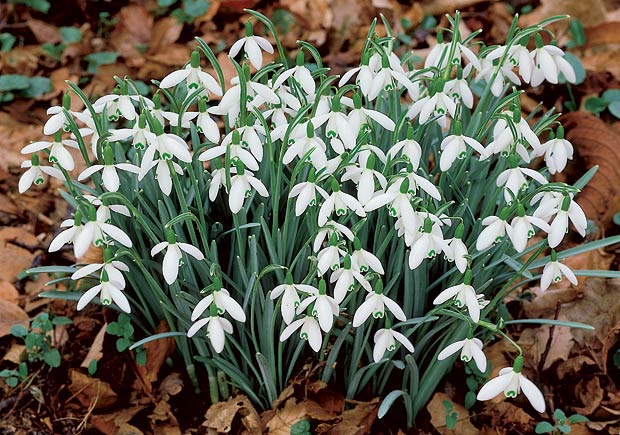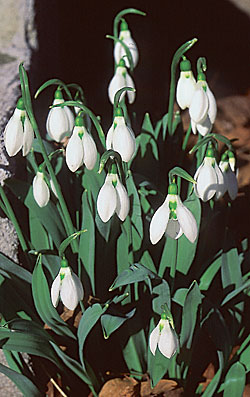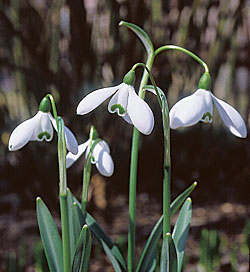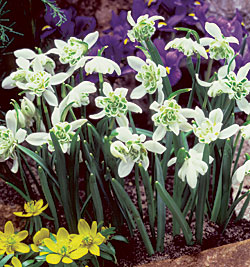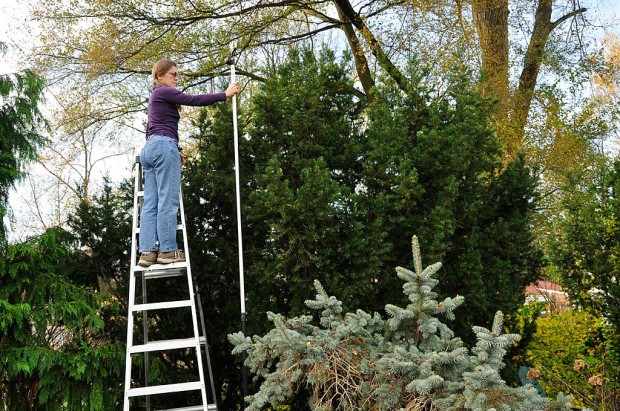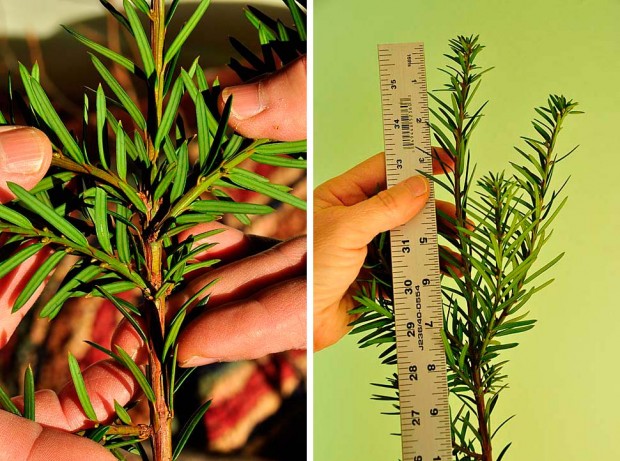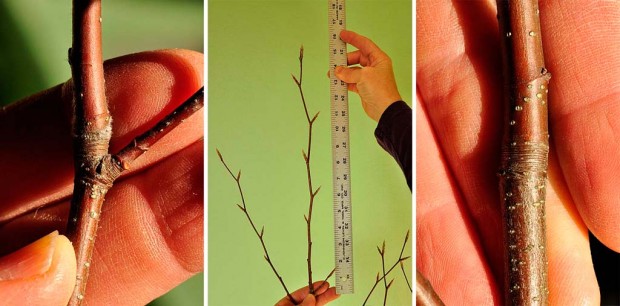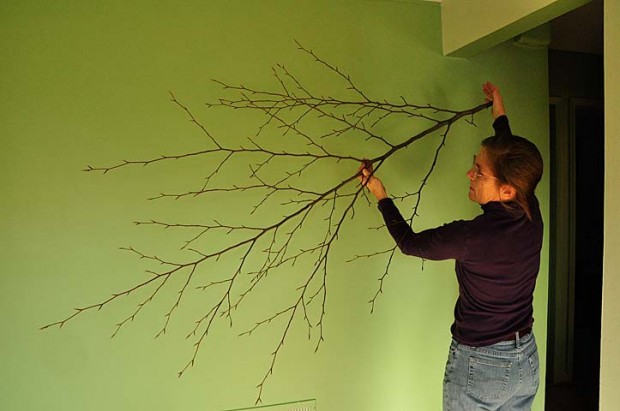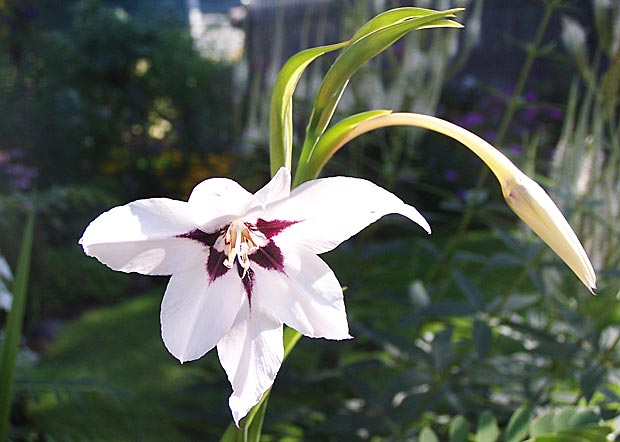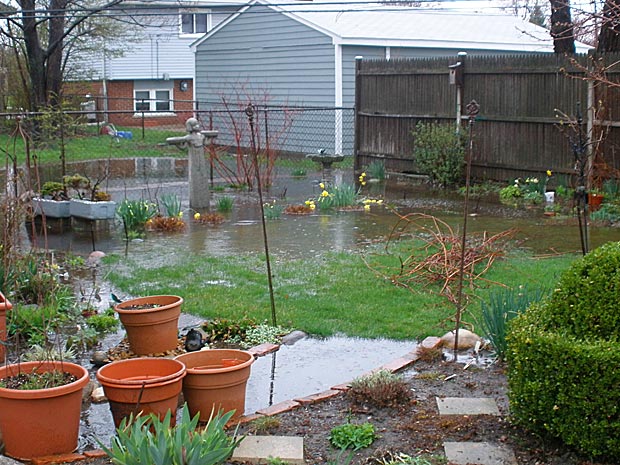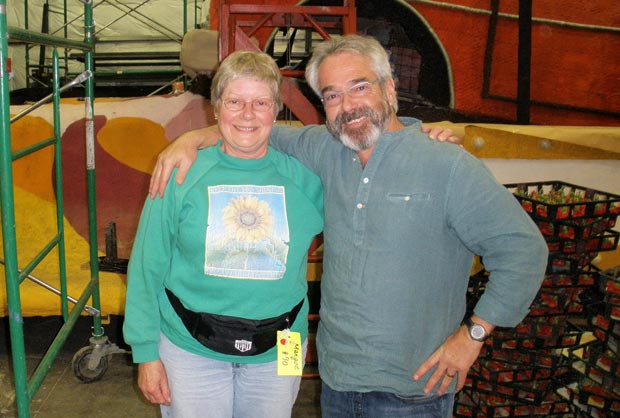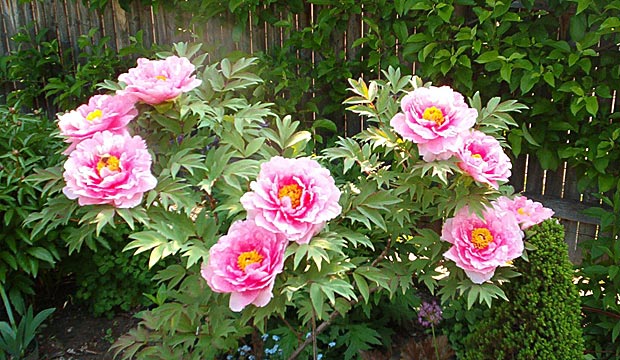NPR:
Seedfolks takes us to the heart of the city, specifically the city of Cleveland, and a neighborhood that has seen better days. It’s filled with people — mostly immigrants — who live in close proximity but barely share more than an occasional “hello.” They all stay in apartments surrounding a vacant lot that, in the course of this story, is transformed from a smelly junkyard into a lush community garden.
That garden in Seedfolks is like a big green magnet. It pulls in immigrants who yearn for vegetables they can’t find at local markets. It beckons the wounded who find a reason to live as they watch life sprout from little seeds. And it calls out to the elderly who find memories in the soil.

